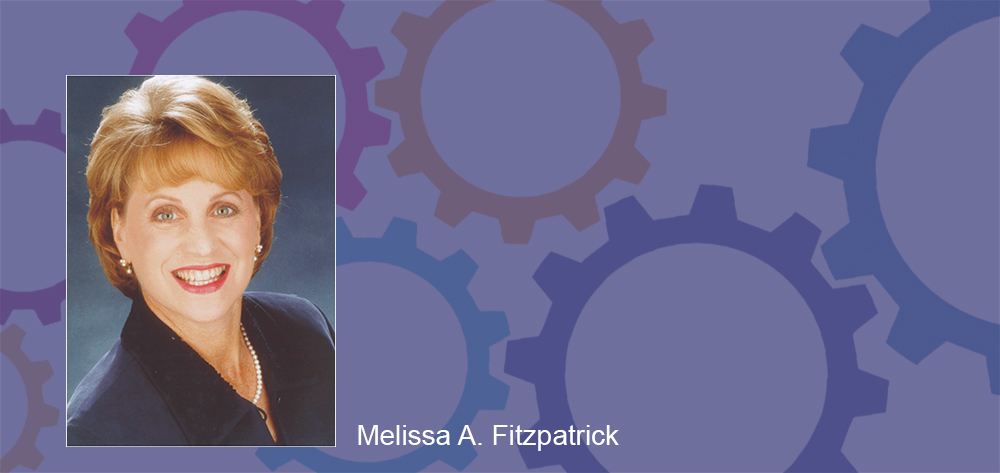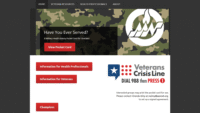To avoid injuring their patients and themselves, healthcare providers must get in the habit of using safe patient handling and mobility (SPHM) technology. In this supplement, national experts share their perspectives and best practices on topics ranging from dealing with bariatric patients, managing slings, and assessing a patient’s mobility to transforming the culture, building the business case for an SPHM, and developing a successful SPHM program.
Download the Safe patient handling and mobility PDF here.
A confluence of demographic and economic trends is pushing us toward the perfect storm:
- Today’s nursing workforce is aging. The average age of the American registered nurse is 44.6.
- The patients we serve are heavier than ever.
- Experts predict increases in patient acuity, age, and comorbidity.
- Staffing issues continue to cause concern. Some experts project the United States will be short about 250,000 nurses over the next 10 to 12 years.
- Economic imperatives require us to move patients through the healthcare delivery system more quickly to shorten stays and enhance financial reimbursement.
Any one of these trends is cause for concern. All of them occurring at once is cause for alarm—and a call to action. Imagine older nurses lifting heavier, older, and sicker patients. Obviously, all parties are at greater risk for injury.
In too many cases, nurses continue to deliver care “the way we’ve always done it.” For many, this means doing the heavy lifting needed to mobilize patients manually in an attempt to avoid the many sequelae of immobility—decreased cardiovascular, pulmonary, integumentary, and psychological functioning, to name a few.
While the intentions of manual patient mobilization may be honorable, the effects are far from optimal for all involved. There’s no such thing as “safe lifting” when we use our bodies as the lifting mechanism. Old-school teachings about safe body mechanics have been proven invalid, and many of us must unlearn them. As nurses, we must change our mindset and get in the habit of using safe patient handling and mobility (SPHM) technology to keep both our patients and ourselves safe from harm.
How many times have you or a colleague suffered an injury to your back, shoulder, or both during manual patient handling? How many colleagues have we lost to our profession because of a career-ending injury? How many millions of dollars are spent on workers’ compensation claims for employees who’ve had patient handling and mobility injuries? Caregiver injuries adversely affect staff morale, staffing levels, and, ultimately, patient safety. Such injuries have made headlines in many communities and are top of mind for healthcare leaders. Legislatures have taken on the issue, and in 2013 the American Nurses Association (ANA) supported a federal bill to eliminate manual patient handling, including lifting, transferring, and repositioning patients. That same year, ANA published national interprofessional standards to guide caregiving teams of nurses, physical therapists, nursing assistants, transportation orderlies, and others in implementing the standards and creating a culture of safety in their organizations. However, only 11 states have enacted SPHM laws and these laws vary significantly. Much more work needs to be done to enhance safety for patients and caregivers.
This special report provides a helpful resource to caregivers as they continue to practice SPHM—or to embark on their SPHM journey if they’re not already on it. National experts share their perspectives and best practices to align people, processes, and technology to set the course for action. I’d like to thank all of the authors who’ve contributed to this special report for sharing their expertise and strategies, which we hope will be implemented where you work. Please take these best practices to heart and engage your colleagues to do the same. And please join all of us at Hill-Rom on our mission to ensure SPHM. Much is at stake, and nothing is more important than your health and well-being—to enable you to continue doing what only nurses can do. We’ve never needed nurses more than we do now.
Selected references
American Nurses Association. Safe Patient Handling and Mobility: Interprofessional National Standards. Silver Spring, MD: Author; 2013.
Buerhaus PI, Auerbach DI, Staiger DO. The recent surge in nurse employment: causes and implications. Health Aff (Millwood). 2009;28(4):w657-68.
Melissa A. Fitzpatrick is vice-president and chief clinical officer at Hill-Rom.


















